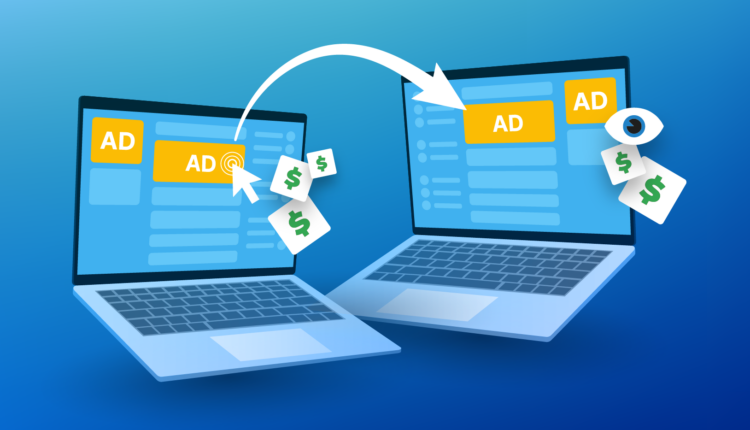Google AdSense is changing its usual pay-per-click model to a new system where they charge per impression. This big change will affect how things work in online advertising. This is applicable for both the people who put ads out and those who show them on their websites. Let us look into the details of this change and understand its impact on both users and companies.
Understanding the Current Model
In the model where you pay for each click, when a user clicks on an advertisement, the advertiser must pay a certain fee. For many years this system has been essential in internet advertising. This is because it directly connects how much money is spent on ads to how users interact with them. Advertisers prefer pay-per-click because it is based on results. It also lets them measure how well their campaigns do by counting the clicks.
Google AdSense: Introducing the Pay-Per-Impression Model
The pay-per-impression system bills advertisers by counting how often their advertisement shows to people. This happens even if no one clicks on it. This method is cost-per-thousand impressions (CPM), and it gives companies more chances for people to see their brand. Advertisers spend money to place their ads in front of a thousand users. This makes it a better choice for those who want to make more people know about their brand.
Implications for Advertisers
Switching to a model where you pay for each ad impression has different meanings for those who advertise. It makes it more important to focus on how many people see the ad and how far it goes rather than if users are interacting with it. Advertisers must focus on making attractive advertisements that really speak to the people they want to reach, so every time someone sees their ad, it has a strong effect. Also, advertisers might have to change how much money they spend and plan differently for the new way prices are set.
Impact on Publishers due to this shift by Google AdSense
For those who use Google AdSense, moving to a system where they get paid for each ad impression might alter how they earn money. Under PPC, publishers made money when users clicked on ads. But, with PPI it depends more on where and how clearly the ads are shown. Publishers might have to make changes to their websites so they can show more advertisements and draw in businesses that want to spread their message widely.
User Experience Considerations
For someone using the website, changing to a model where you pay for every ad view instead of when people click might change how they see ads. Because advertisers spend money just for showing the ad, not needing a click, there could be more ads appearing on different websites. Nevertheless, this might also result in a broader range of customized advertisements to fit their interests and preferences. This could improve the user experience overall.
Google AdSense Transition: Challenges and Opportunities
The change brings difficulties for advertisers and publishers who have to become comfortable the new system. However, it also opens doors for new ideas. Advertisers have the chance to find inventive methods to grab the attention of viewers with effective advertising spots. Meanwhile, publishers can try varied approaches to improve how visible ads are and increase their earnings.
Conclusion

Google AdSense is changing from payment for each click to payment for how many see the ad. This in turn means a big change in internet ads. The new way focuses on showing the ad more. It tries to give advertisers better chances to show their brand. Moreover, those who put ads on their websites can make money in different ways now. The change at first might bring some difficulties. However, it also creates opportunities for new ideas and changes in the world of online advertising. This is good for everyone – the people who see the ads, those who make them, and those who publish them.


